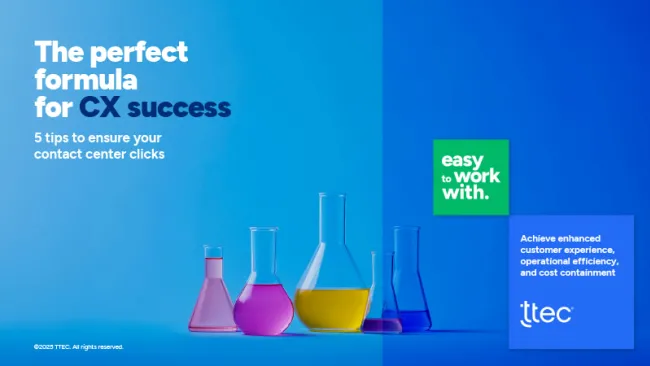Traditional buyer-seller relationships are focused on operations and efficiency. How cheaply or efficiently can a vendor meet a service level? It is also about “winning.” How much can one party get out of the other? Successes is measured by SLA adherence and other operational results, without a customer in sight.
That way of thinking just won’t work in the current business climate. New pricing structures shift the focus away from operational costs and headcount to performance and outcomes. Utilization and consumption are still important, but they are tempered by quantifiable outcomes that can be measured further downstream – at the customer or business user level, where they tie more closely to a company’s bottom line.
Client outcomes matter more to the relationship than operational milestones. It’s not what you do, it’s how well you do it. The new paradigm of vendor relationships centers around customer and financial results.
In outcome and other partnership models, value trumps price. All parties work together toward the same goal. The conversation changes from price negotiation to efficiency-driving collaboration. Rather than focusing on operational metrics, business KPIs are defined before the project begins. The service provider is motivated to deliver positive outcomes, and the client understands how the project connects to the business big picture.
Benefits of a partnership contract include cost savings and closer alignment of objectives between the client and the service provider. There is also increased motivation for the service provider to achieve the best outcome to maximize its financial gain, so the provider is more likely to be responsive to client requirements. Allowing the provider flexibility in how it operates leads to greater efficiencies and better outcomes for end customers.
This type of model is not for everyone, however. If cost is the primary decision driver, or if business outcomes are difficult to connect directly to the services provided, performance or outcome-based models may not be ideal. In addition, some companies are mired in their legacy procurement infrastructure and/or have little interest in creating a mutual partnership and building trust. In that case, an outcome-based model should be avoided.
When to disucss a partnership model:
- Outcomes can be clearly defined
- Trusted buyer-seller partnership is in place
- The seller can control the end-to-end delivery that impact the outcomes
- Cost isn’t the driving selection criteria
Top consideration during discussion:
- Nature of the engagement
- Predictability of volumes
- Risk appetite of buyers and sellers
Learn more about the pros and cons of performance-based pricing models in the e-book, “From Price to Value: Delivering customer experience excellence in a new paradigm based on business outcomes.”















